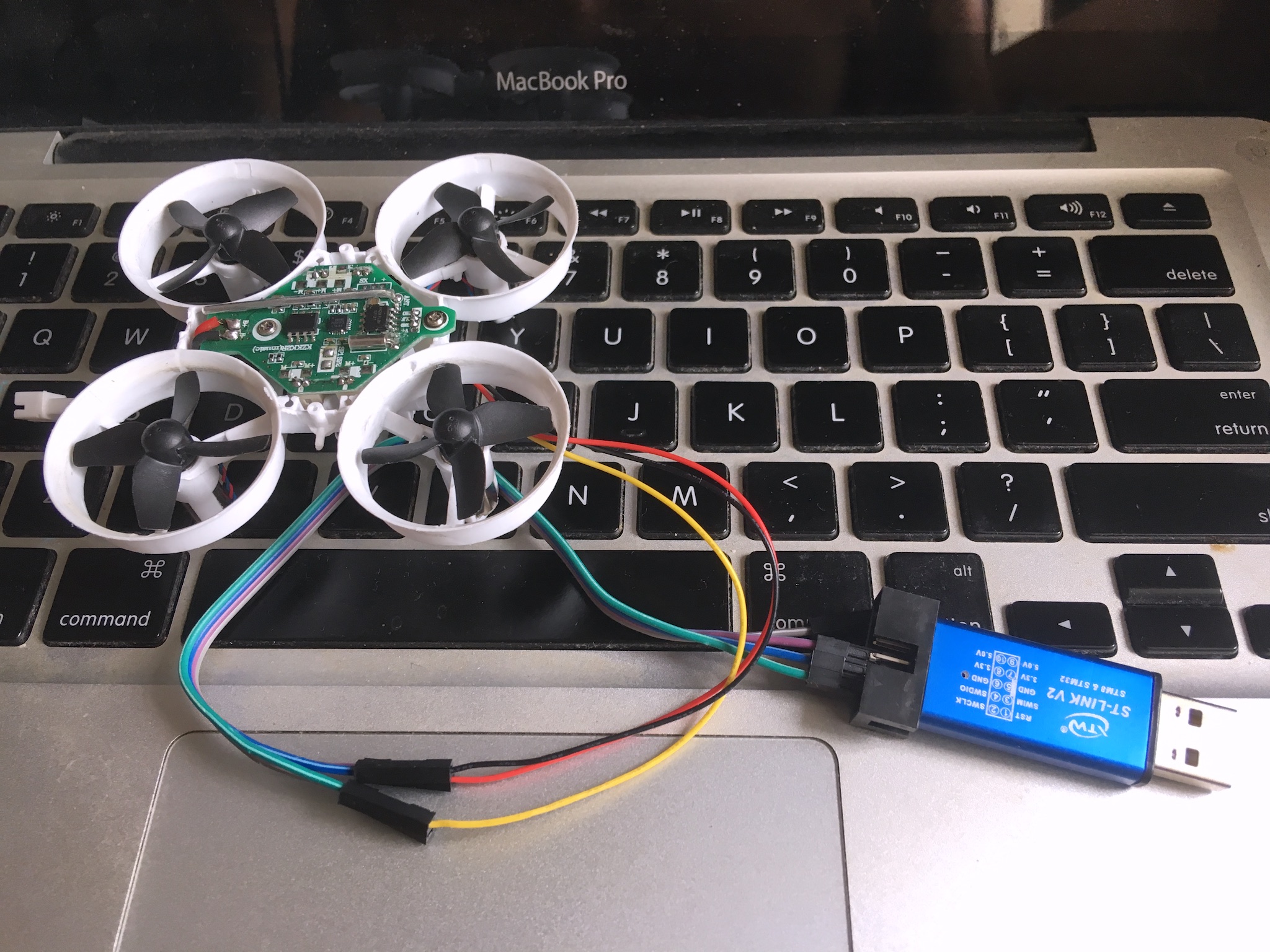Specifications
- Size: 158 x 150 x 58mm
- Weight: 338g (without battery)
- Transmission frequency: 2.400GHZ-2.7GHZ
- Transmitter Module: Four-in-One High Frequency Module (CC2500 CYRF6936 A7105 NRF2401)
- Transmit power: maximum 22dbm (transmit power adjustable)
- Antenna gain: 2db (detachable antenna, easy modification)
- Working current: 88Ma@8.4V
- Working voltage: DC4.5-DC18V (factory with 4 x AA battery box, lithium battery recommended 2s balanced head line, batteries not included)
- Remote control distance: over 2km @ 22dbm
- Firmware: DeviationTX
- Number of channels: up to 12 channels (depending on the receiver)
- Display: 2.42-inch OLED display, 128 * 64 resolution
- Rocker way: non-contact 3D space vector Hall joystick
- JR/FrSKY compatible module bay on rear side
- Upgrade method: USB online upgrade
- Supported Protocols:
- Walkera full range
- DSM2/X full range
- Flysky and Flysky 2A
- FrSKY
- FUTABA S-FHSS full range
- WL Toy series, Hubsan series, Esky series and many more (Currently a total of more than 40 supported protocols)
- Uses open source software with continued support and development, adding new protocols regularly.
- Simulator mode: 3.5mm standard ppm output
- USB output.
Features
- Built in four-in-1 RF Module (CC2500 CYRF6936 A7105 NRF2401).
- Open source multi-protocol firmware, compatible with most mainstream remote controls
- Non-contact 3D space vector Hall remote sensing Gimbals
- 2.42 inch OLED display, Bright display works even in direct sunlight.
- JR/FrSKY compatible module bay on rear side.
- USB online firmware upgrade.
- Transmission power adjustable to adapt to different location requirements.
- Detachable antenna, easy to change.
- Ultra-low power consumption, longer battery life.
- Up to 12 channels of output (depending on the receiver), Open Source Firmware, all channels are fully programmable.
- Wide voltage input (2s lipo recommended).
- Multilingual menu.
- Vibration reminder function.
- Support telemetry (depending on the receiver).
- Carry Case included.
Package Contents
1 Jumper T8SG V2 Plus transmitter
1 neck strap
1 transmitter case
1 quick start guide
